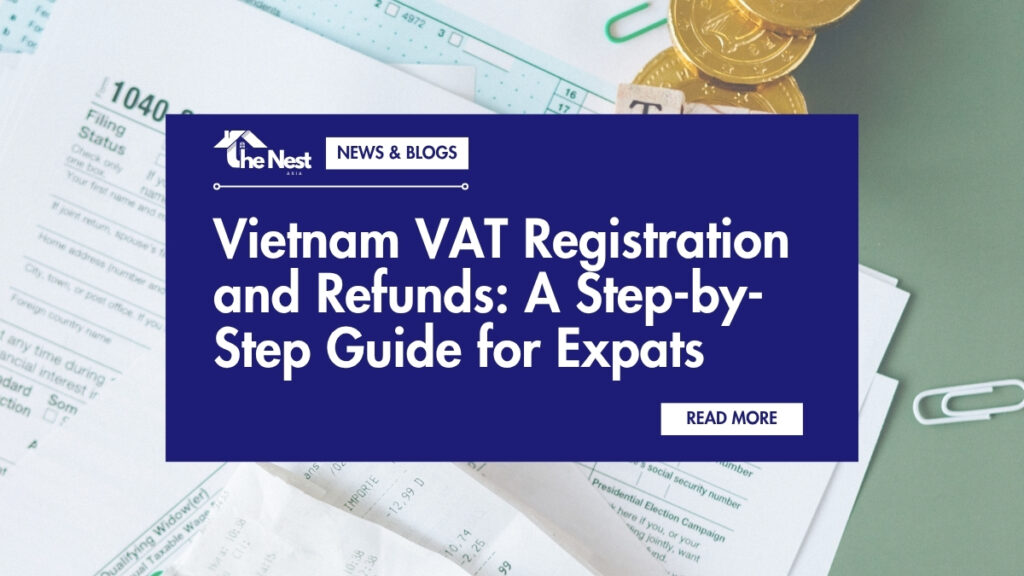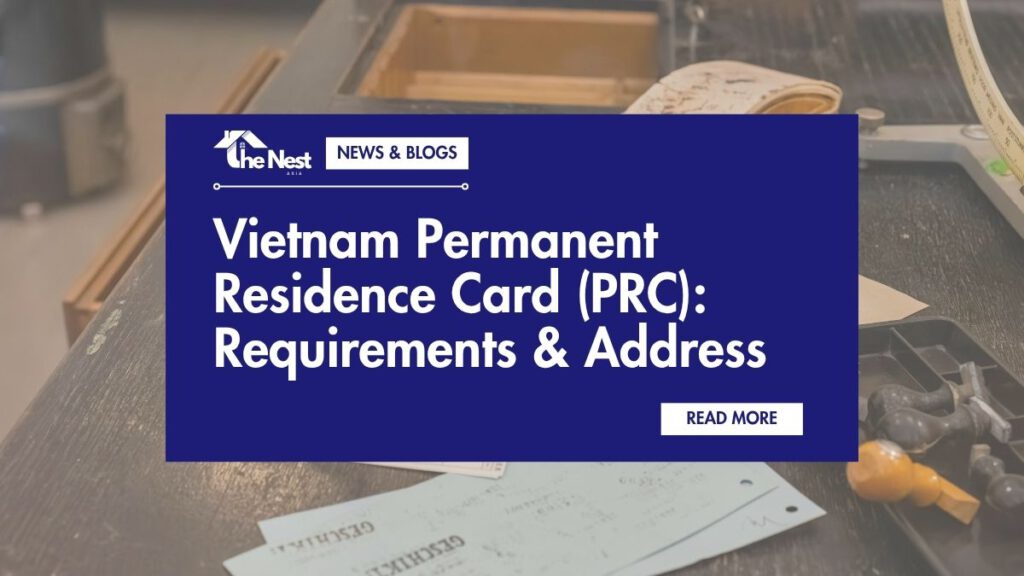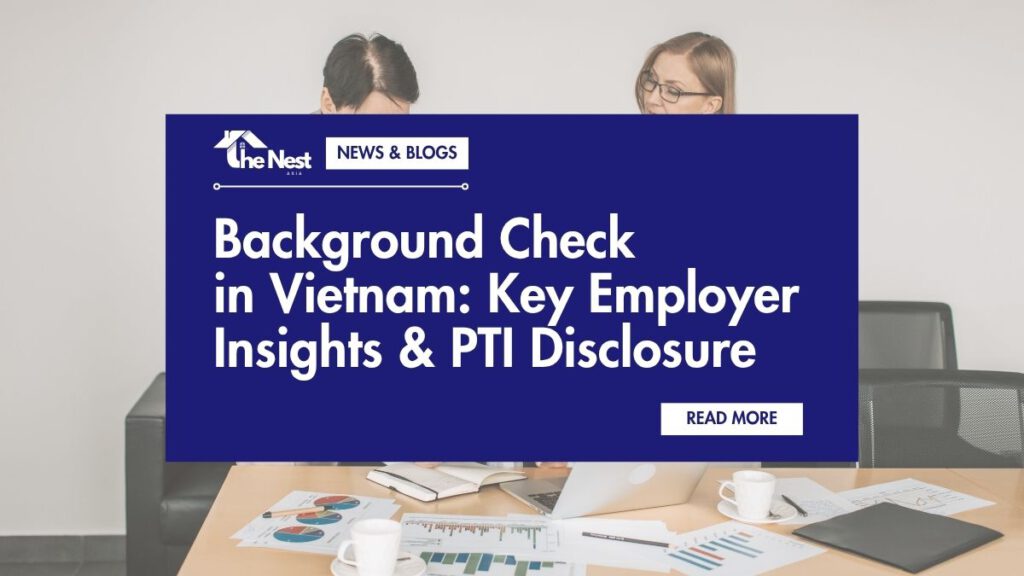Vietnam VAT system plays a critical role in its tax structure, and understanding how value-added tax works is essential for businesses, especially those engaging in imports, exports, or specific investment projects. From registration to calculation and compliance, VAT affects many aspects of business operations in the country.
For foreign businesses and expats, the landscape can be complex, but understanding key areas such as applicable Vietnam VAT rates, how to calculate VAT, and VAT refunds can significantly streamline your tax management. This blog will guide you through the essentials of Vietnam VAT system, how to comply with VAT regulations, and provide practical insights for navigating this vital aspect in Vietnam.
Simplify Your Vietnam VAT Management with The Nest Asia today!
Overview of Vietnam VAT
Value-Added Tax (VAT), or Thuế Giá Trị Gia Tăng (GTGT) in Vietnam, plays a key role in the country’s tax system. It is levied on the value added to goods or services at each production stage, ensuring it applies across the entire process—from raw materials and manufacturing to distribution and final consumption. Vietnam VAT also applies to imported goods and services, contributing to a broad tax base.
Businesses and individuals engaged in the production, sale, or import of goods and services in Vietnam are required to pay VAT. Importers must also pay VAT on the duty-paid value of the goods at customs. Businesses act as intermediaries, collecting VAT from customers and paying it forward to the government. This ensures a multi-stage collection process, where VAT is levied at each step of the supply chain and passed on to the final consumer.
Applicable Vietnam VAT Rates
Vietnam VAT is imposed on goods and services at three different rates:
- 0%: Applicable to exported goods and services if certain criteria are met.
- 5%: For essential goods and services, including foodstuffs and medical supplies.
- 10%: The standard VAT rate for most goods and services.
Businesses should be aware of which categories their goods or services fall under, as this directly impacts the amount of tax they must collect and pay. Additionally, goods imported from abroad are subject to VAT, levied on the duty-paid value of the goods at the time of import.
Vietnam VAT system is set for an overhaul, with the new VAT law coming into effect on July 1, 2025. These changes will bring more clarity and efficiency to the existing VAT framework. Additionally, the government has extended the temporary reduction of VAT by 2% (from 10% to 8%) on certain goods and services, effective until December 31, 2026.
This reduction is aimed at supporting businesses and reducing the tax burden during challenging economic conditions. Businesses in Vietnam need to keep up with these changes to ensure compliance and to optimize their tax strategies.
Calculation Methods for Vietnam VAT
Credit Method
The Credit Method applies to businesses that maintain comprehensive accounting records, invoices, and supporting documents as required by the relevant regulations. This method is particularly useful for businesses with annual revenue subject to VAT of VND 1 billion or more or for those who voluntarily choose to register for VAT declaration under the deduction method.
The Vietnam VAT calculation in the credit method involves:
- Output VAT: This is the VAT added to the price of goods and services sold to consumers.
- Input VAT: This is the VAT paid when purchasing materials, equipment, or services, which is subtracted from the VAT payable as the business is not the final consumer.
The formula is: VAT Payable = Output VAT – Input VAT
Direct Method
The Direct Method is used for businesses with smaller revenues or specific industries such as the trade of precious metals (e.g., silver, gold, and gems). The VAT payable is calculated by multiplying the added value or revenue by the applicable VAT rate.
- For businesses engaged in trading goods like silver or gold, the formula is:
VAT Payable = Added Value x VAT Rate - For businesses with revenue under VND 1 billion, the VAT payable is calculated by:
VAT Payable = Revenue x VAT Rate
Both methods are designed to ensure businesses accurately calculate and remit Vietnam VAT, contributing to the overall tax compliance in Vietnam.
Thresholds for Vietnam VAT Registration
There are no registration thresholds for Vietnam VAT for domestic sellers, non-established sellers, or non-resident suppliers of digital services. This means that VAT registration is mandatory for all businesses and individuals involved in the supply of goods and services, regardless of their turnover or the value of the services they provide.
For both domestic established sellers and non-resident suppliers of digital services, there are no specific thresholds that would exempt them from VAT registration. Therefore, VAT compliance is required from all sellers and service providers, ensuring that VAT procedures are followed even for smaller businesses or limited-volume transactions.
Compliance in Vietnam VAT
As per Clause 2 of Circular 156/2013/TT-BTC, the tax payment deadline is the last day of the month in which taxpayers calculate their tax or the deadline mentioned in the official notice or document issued by the tax authority. Below are the key Vietnam VAT payment deadlines:
- Monthly tax filings: The last payment date is the 20th of the following month.
- Quarterly tax filings: Payment is due by the 30th day of the next quarter after the tax obligation arises.
- Annual tax filings: Payment is due by the 30th of the first month of the calendar year.
- Irregular tax obligations: Payment must be made no later than the 10th from the obligation date.
- Yearly tax settlement: Payment is due by the 90th day from the end of the fiscal year.
E-invoice Note: In line with Vietnam’s digitalization efforts, all companies are required to submit tax filings using E-invoices. This service is facilitated by accounting software providers like MISA.
A Guide to VAT Refund Vietnam
Vietnam VAT Refund
Starting from July 1, 2025, business establishments paying VAT through the credit method are eligible for VAT refunds in specific situations:
- Dissolution: VAT refunds are available only in cases of business dissolution (not mergers or transfers) for overpaid or uncredited VAT input.
- Exporters: Export businesses can claim monthly or quarterly refunds if the accumulated creditable input VAT exceeds VND 300 million (approximately US$12,060). The VAT refund for export sales cannot exceed 10% of export revenue.
- New Investment Projects: Businesses involved in new or expansion projects, with a total creditable input VAT of VND 300 million or more, are eligible for VAT refunds.
- 5% VAT Rate Businesses: Businesses providing goods or services subject to a 5% VAT rate can claim a refund if the unclaimed input VAT exceeds VND 300 million after 12 consecutive months or four consecutive quarters.
- ODA and Humanitarian Projects: Businesses involved in Official Development Assistance (ODA) projects or receiving non-refundable aid for humanitarian projects are eligible for VAT refunds on goods and services purchased in Vietnam for these projects.
Documents Required for Vietnam VAT Refund Dossier
For VAT refund claims, especially for investment projects, businesses must submit the following:
- Certified copy of the IRC, Investment Certificate, or Investment License.
- Construction projects: Certified copy of the Land Use Rights Certificate, land allocation decision, or land lease contract, and construction permit.
- Proof of capital contribution and list of invoices for purchased goods and services.
- For 0% VAT rate claims (exports), include:
- Export contract with bank account details of both parties.
- VAT invoices and receipts for non-cash payments (except for purchases below VND 20 million or US$857; the new draft decree sets the threshold at VND 5 million or US$196).
- Customs declarations for exported goods and evidence proving that exported services were consumed outside Vietnam.
Additional required documents for exported goods include:
- Packing lists, bills of lading, cargo insurance certificates, contracts, customs declarations, and payment proof.
Processing Time
VAT refund processing typically takes 6 to 40 days, involving a thorough review and audit by tax authorities.
Common Mistakes to Avoid
- Ensure the investment period matches the actual project completion timeline; VAT input outside this period cannot be refunded.
- Verify that the investment project meets the requirements for conditional business lines and obtain any necessary sub-licenses.
- Ensure full capital contribution with valid proof.
- Maintain accurate records for both business operations and investment projects to avoid non-compliance issues.
- Ensure contracts with overseas customers include bank account information.
Confused About VAT Refunds? Get in touch for tailored assistance.
Conclusion
In conclusion, VAT in Vietnam is a multi-stage tax system that businesses must navigate carefully, whether they are local establishments or foreign investors. Understanding the various VAT rates, compliance requirements, and eligibility for VAT refunds is essential for minimizing tax liabilities and ensuring smooth business operations.
By keeping track of VAT deadlines, maintaining accurate records, and ensuring you meet all necessary criteria for refunds, businesses can optimize their tax strategies and maintain compliance with Vietnam’s tax regulations. Whether you are operating in manufacturing, services, or e-commerce, knowing how to manage VAT effectively will benefit your bottom line and ensure a seamless business experience in Vietnam.
About Us
The Nest Asia is a one-stop resource offering comprehensive information, practical relocation advice, cultural insights, valuable connections, and trusted services to help expatriates living in Vietnam navigate the transition, overcome challenges, and build a fulfilling life abroad. Starting your journey in a new country can often feel overwhelming. The Nest Asia is your trusted partner – we’re here to simplify that process and ultimately make Vietnam feel like home for you and your loved ones.
Schedule a Meeting
Disclaimer: The Nest Asia is not an authorized provider of official government or non-government services. The information provided is intended for general guidance only. While we strive to offer accurate and timely information, we make no representations or warranties regarding its completeness or accuracy.









